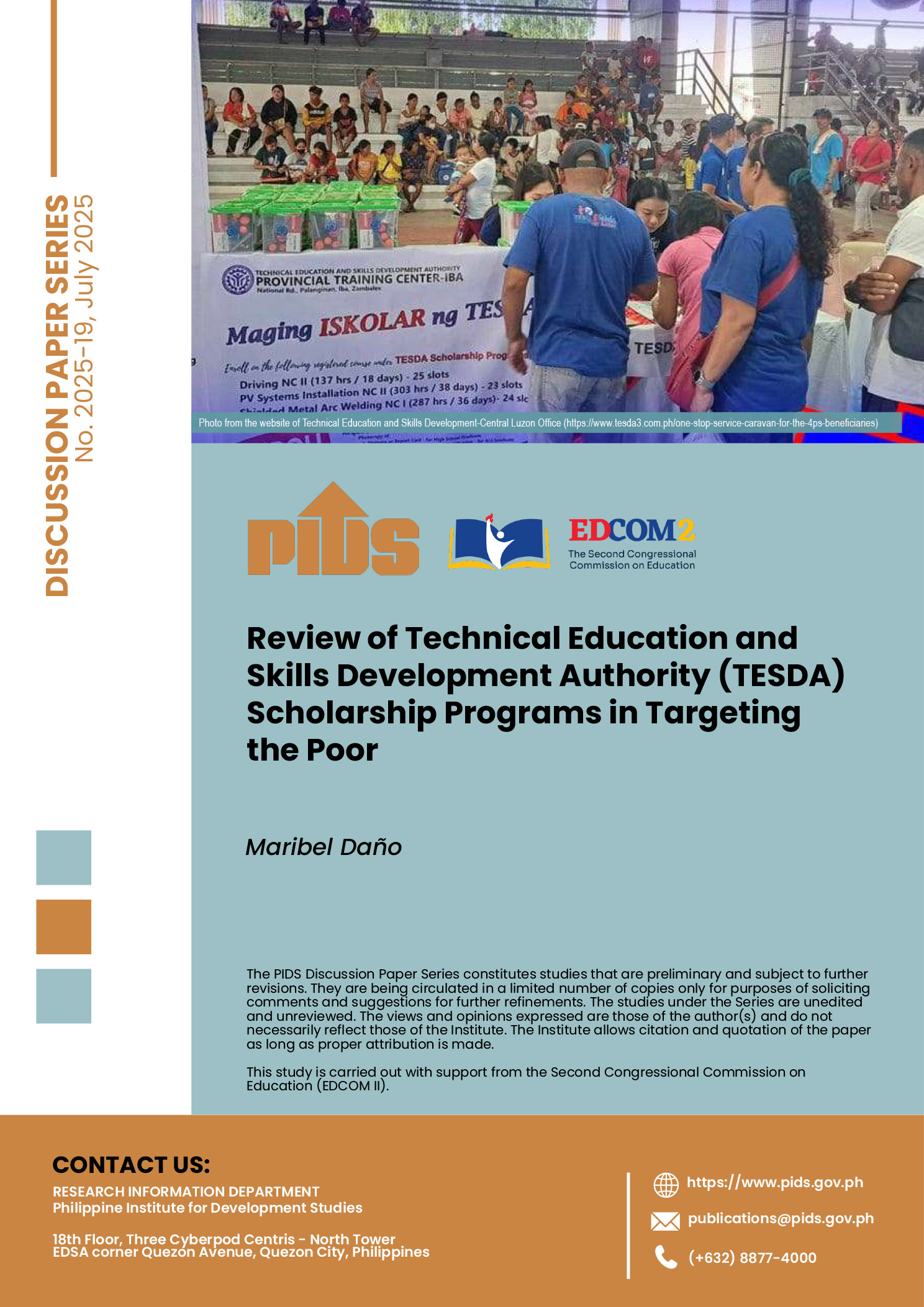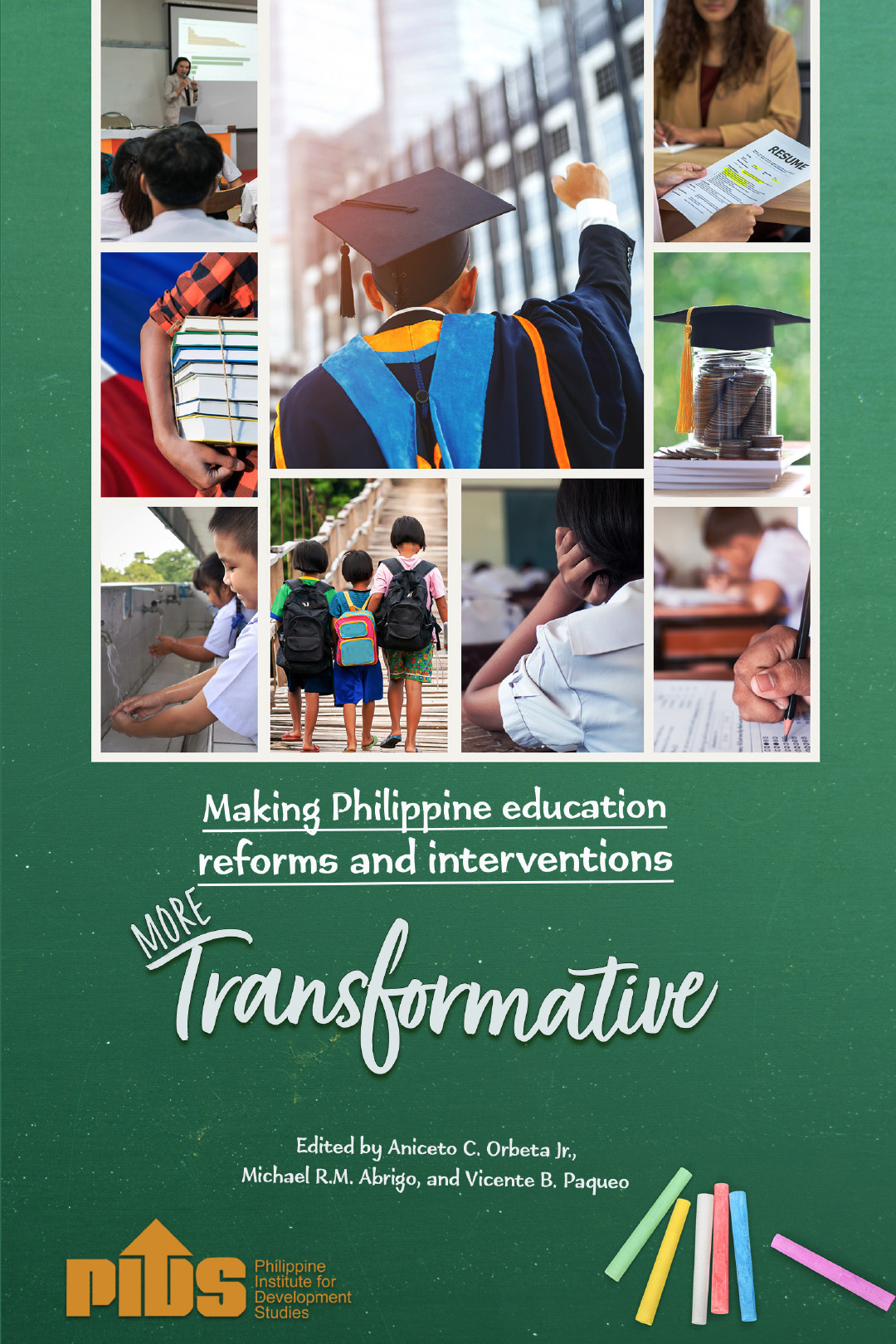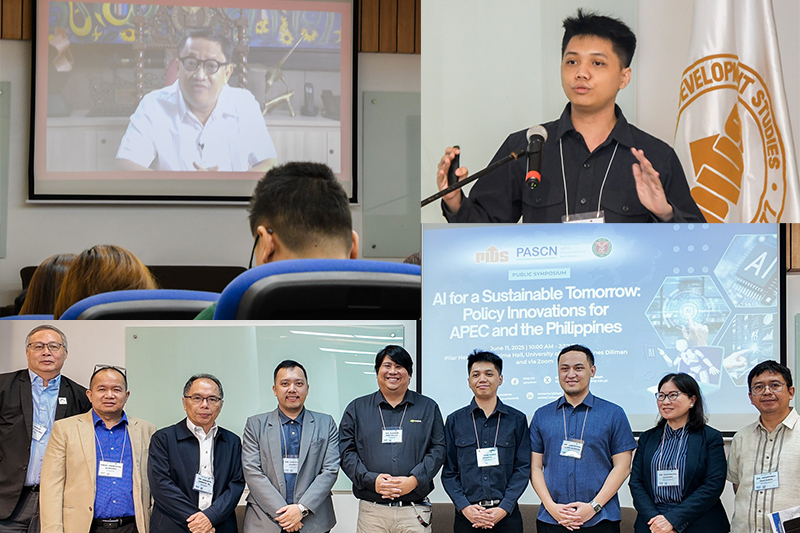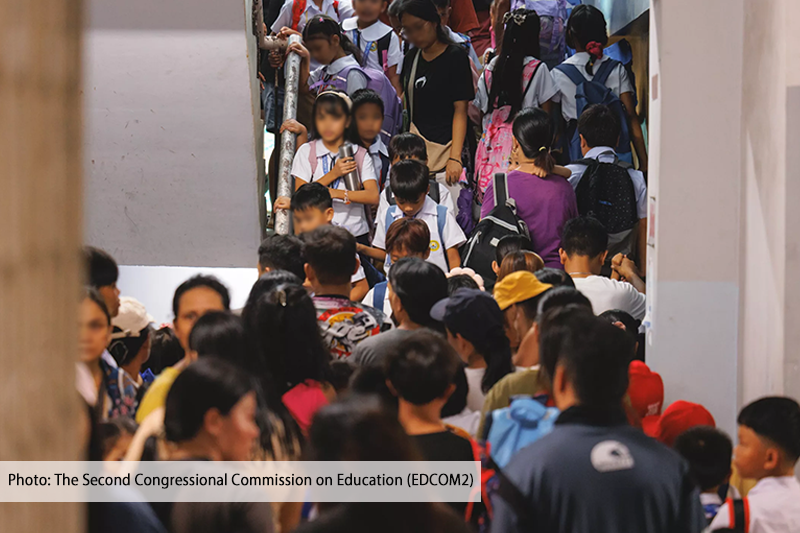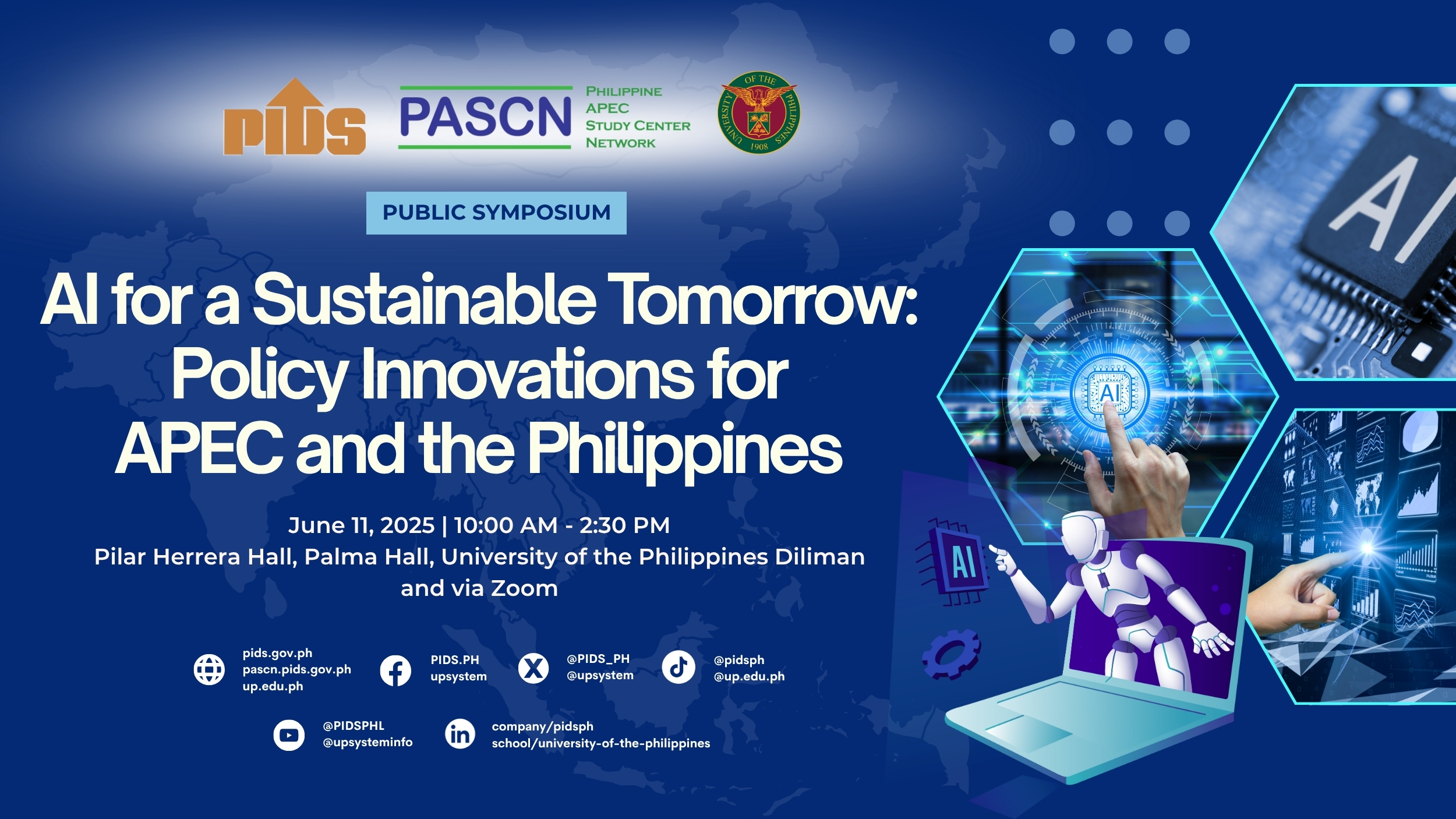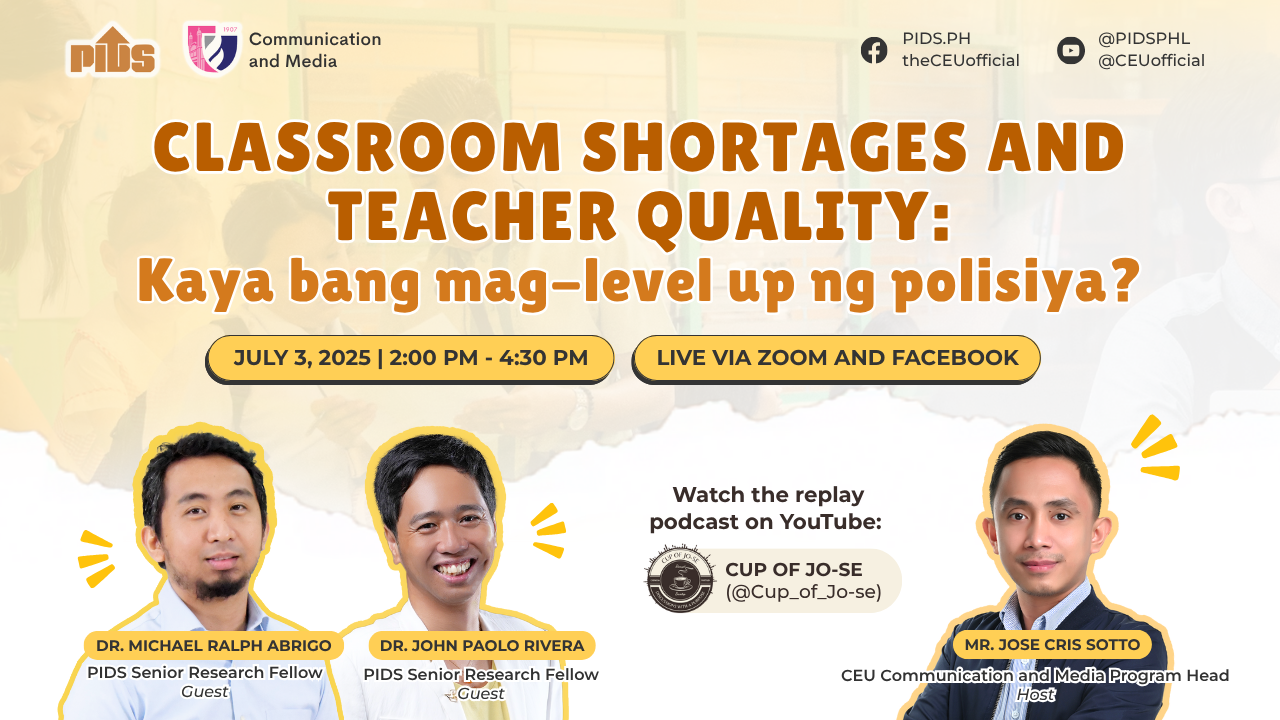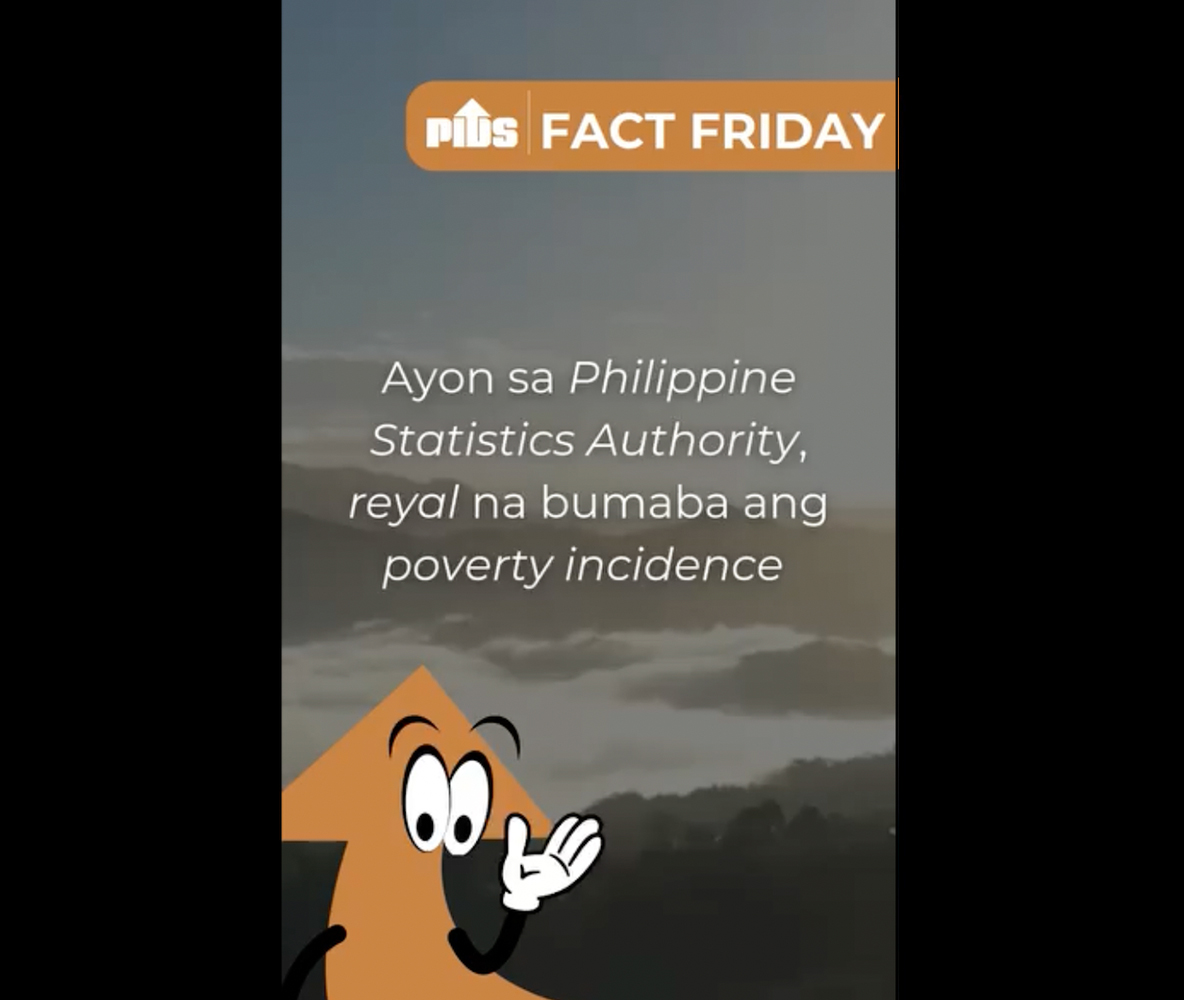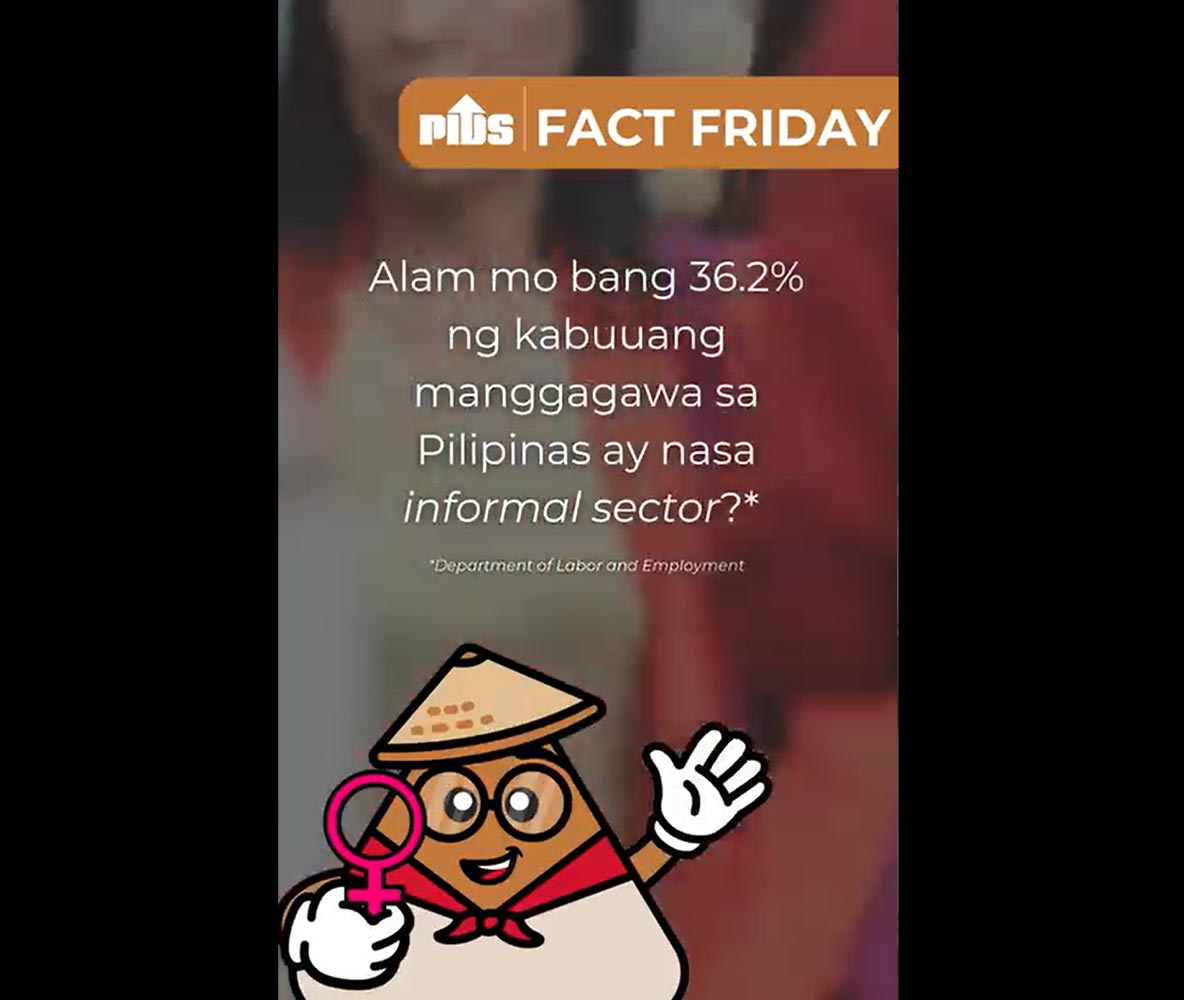In this rapidly changing world, there is growing consideration that only academic qualifications alone are not sufficient in order to strive if not thrive in the world of work. Nowadays, employers seek skilled workers who can not just solve problems but can also adapt to new technologies. That is the reason why the Department of Education (DepEd) conceptualized the Academic and Tech-Voc tracks to bridge the gap between education and employability.
According to DepEd, the Academic Track is designed for students who want to pursue college. Before, the Academic track is divided into various specialized strands such as Science, Technology, Engineering, and Mathematics (STEM), Accountancy, Business, and Management (ABM), Humanities and Social Sciences (HUMSS), and General Academic Strand (GAS) which aims to provide learners with a strong foundation in theoretical knowledge and critical thinking skills necessary for success in higher education. This time, these are no more particular strands but only Academic Track.
A study made by the Philippine Institute for Development Studies (PIDS) emphasized the importance of equipping learners with 21st-century competencies, such as critical thinking and problem-solving, to adjust in today’s fast-changing job market. Research proves that Academic Track learners showed improved academic performance and a higher rate of transition in preparation to tertiary education.
On the other hand, the TVL Track focuses on equipping students with practical skills and competencies that are directly applicable in various industries. It offers specialized strands in areas such as Information and Communications Technology (ICT), Home Economics, Industrial Arts, and Agri-Fishery Artsamong others to prepare learners for immediate hiring or business opportunities after graduation.
According to the data from the Technical Education and Skills Development Authority (TESDA), the employment rate of TVET graduates was 60.9% in 2011, with enterprise-based program graduates having the highest employment rate at 83.1%.
Despite the positive effects brought by both tracks, there are still challenges facing millions of Filipinos. One is a need for continuous curriculum enhancement to align with the demands of the job market. Additionally, students' mental health has carried some weight due to increased levels of stress, anxiety, and depression (Anadolu photo) reported present among high school students. Another includes` the sufficiency of facilities, the the state-of-the-art equipment, and the professional training of teachers.
In conclusion, the success of either strand clearly depends not only on the quality of implementation but also on how well the chosen path aligns with individual student needs, local industry demand, and broader policy support. Not only that, continuous curriculum updates, industry partnerships, and support for transitions (whether to work or higher education) are also crucial to make the learner be future and job ready. While both Academic and Tech-Voc tracks serve valuable roles in shaping the future of Filipino youth, their long-term impact is utilized when informed choices, adequate support systems, and responsive policies work together to ensure that no student is left behind— regardless of the path they choose.

